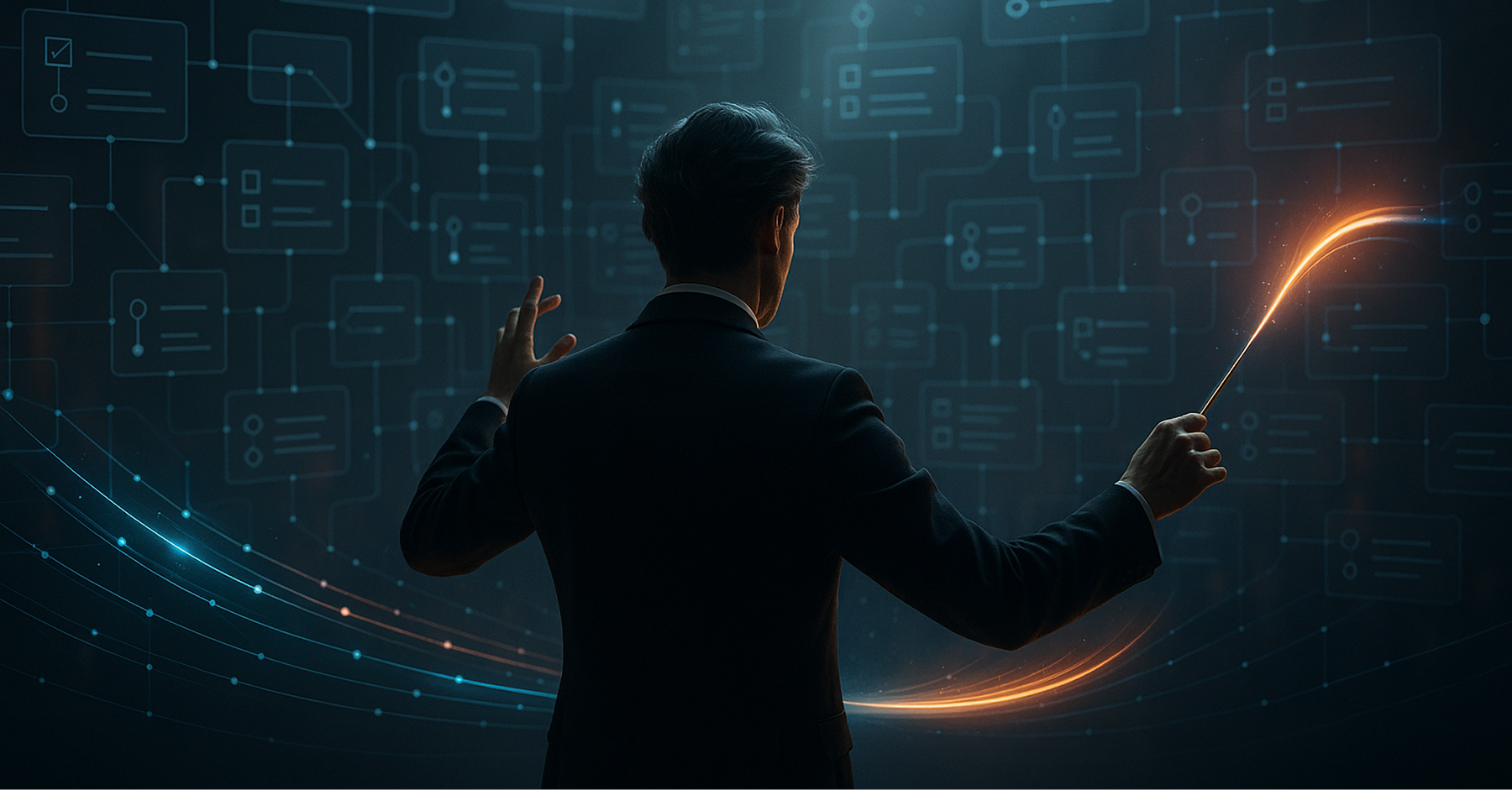Futuretech
Real Estate
MedTech
Security & Insurance
The Playbook of Accessible Design for Business Owners


I suppose most of you already know that design is my element - especially user experience and user interface design, which I’ve been deeply involved with for more than twenty years.
But perhaps not everyone knows that I hold several degrees in design - fashion, graphic, and industrial. My bachelor’s and master’s degrees are both in industrial design and engineering - or more officially, Engineer-Designer.
I worked and interned in some of the most renowned design studios in Germany and China (Shanghai), developing concepts for cars, laptops, navigation systems, and household products. When I graduated, Bulgaria didn’t really have a working industrial design industry, so I shifted toward interface design, where the IT sector was rapidly expanding. That’s how I became one of the early pioneers in user experience and interface design for digital products.
Yet, industrial design remained my hidden passion. I never stopped following trends, tools, processes - and the evolution of what it means to create products. Real, physical products. Things you can touch, hold, and even smell. Objects that fill the real world - and the ones we simply can’t live without.
From the smallest household objects to the interiors and exteriors of the latest cars, this world of form and function has always fascinated me. And even though I’ve spent years building digital worlds with my team, creating physical objects has remained a dream - an unrealized potential.
But the world has changed. And maybe it was destiny.
The evolution of technology has brought us to a moment where the physical and the digital are becoming one. What we see in the real world now takes on digital form - and everything that happens in the digital world is gaining physical dimension.
Everywhere we look, we see screens, interfaces, sensors. Buttons, handles, and mechanical panels are disappearing, replaced by fully digital surfaces - visual dashboards, control panels, and real-time data visualizations.
Everything is moving toward a single harmony - a symbiosis between form and function.
Why is this happening? Because technology has reached a point where engineering components have become smaller, simpler, more efficient. There’s less need for mechanical systems that require visible physical forms.
As a result, industrial products have become lighter, purer, and more refined - with elegant, aerodynamic shapes and effortless usability.
Of course, there will always be a question of balance - the perfect equilibrium between the human, the physical, and the digital.
From the simple act of making coffee - how should the coffee machine look, and what part of it should be physical versus digital - to the complex interfaces inside a car - how much should rely on screens and visual transitions, and how much on instinctive, tactile interaction?
The future of product design lies right there - in the harmony between what we see and what we feel.
The future isn’t digital or physical - it’s human.
Fram Product is where engineering meets emotion, and where form and function no longer compete - they speak the same language.




Our friendly team would love to hear from you.
By submitting this form you agree with our Privacy Policy



